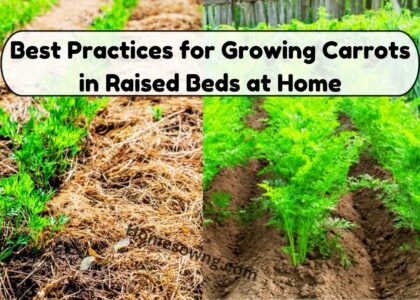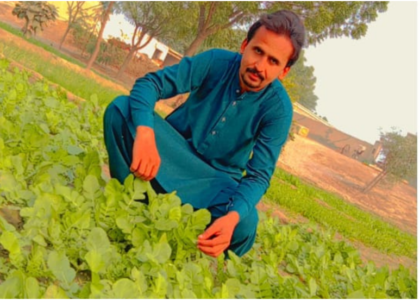Growing beans in raised beds is a practical and effective method that improves soil drainage, improves accessibility, and increases yields. This method provides a controlled environment that can lead to healthier plants and more abundant harvests. Here’s a guide to growing beans in raised beds for maximum yield.
Designing and Building Raised Beds
When designing raised beds, select a size that fits your space and gardening requirements. Raised beds should be at least 12 inches deep to accommodate bean root systems. Construct the beds using rot-resistant materials like cedar or redwood, and confirm they are well-constructed to hold soil and withstand weather conditions. Elevate the beds slightly off the ground to improve drainage and avoid waterlogging. Properly designed raised beds deliver a perfect environment for beans, supporting healthy growth and higher yields.

Preparing the Soil
Beans grow in well-drained, nutrient-rich soil. Fill the raised beds with a mix of high-quality topsoil, compost, and aged manure. Aim for a soil mixture that is light and loose to ensure good aeration and root development. Incorporate organic matter to enhance soil fertility and structure. Test and adjust the soil pH to a slightly acidic to neutral range (6.0-7.0) for optimal bean growth. Proper soil preparation sets the basis for healthy plants and maximizes productivity.
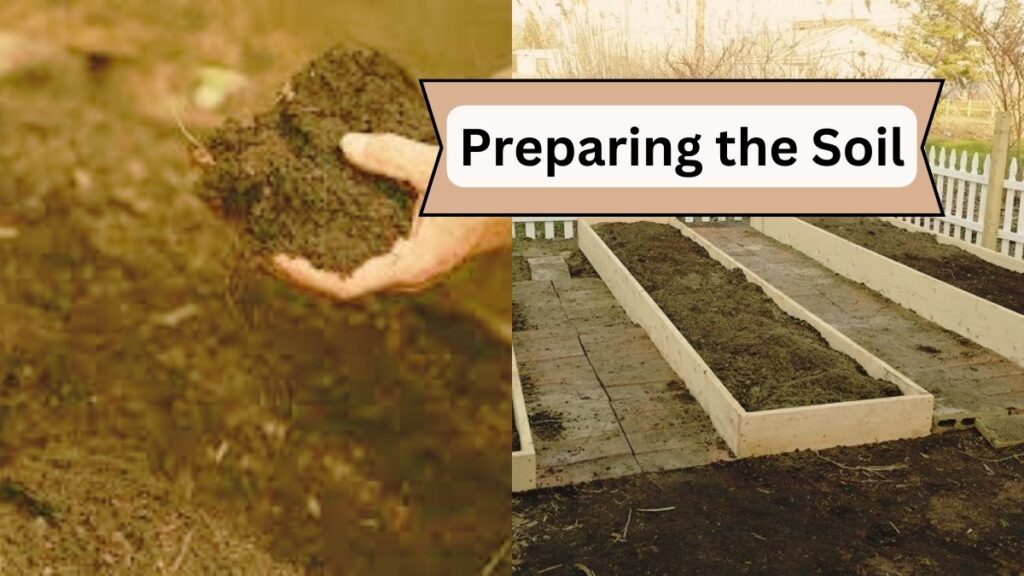
Selecting the Right Bean Variety
Choose bean varieties suitable to your growing conditions and desired yield. Bush beans are compact and suitable for smaller spaces or limited heights, while pole beans are vigorous climbers that can produce higher yields in vertical spaces. Varieties like Blue Lake, Kentucky Wonder, and Scarlet Runner are common for their productivity and flavor. Select varieties that match your local climate and growing season to confirm successful growth and a bountiful harvest.
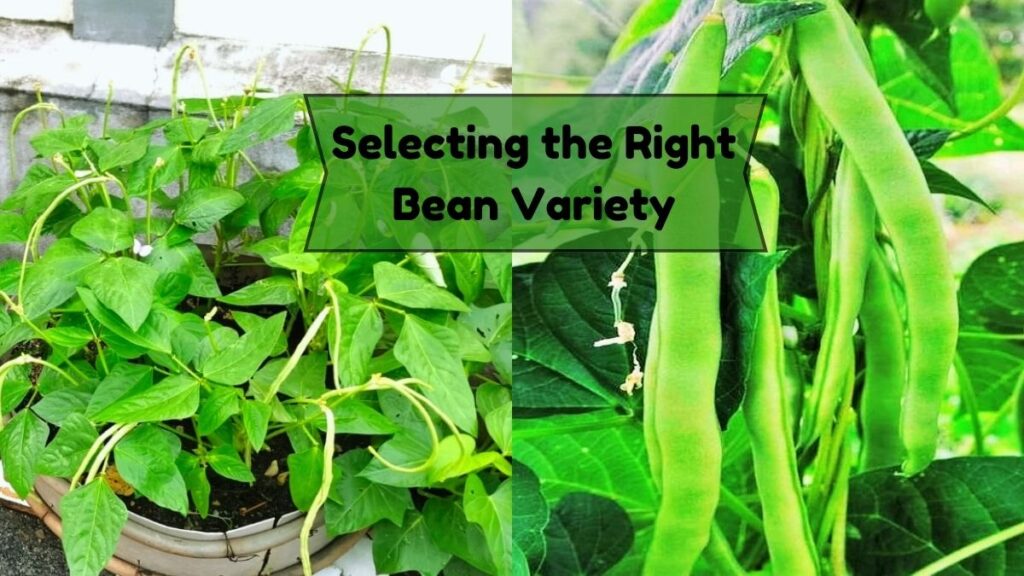
Beans Planting
Plant beans after the risk of frost has passed and the soil temperature has warmed to at least 60°F (15°C). Sow seeds directly into the prepared soil, planting them about 1-2 inches deep and 2-4 inches apart, depending on whether you’re growing bush or pole beans. Space rows about 12-18 inches apart for easy access and maintenance. Water the soil thoroughly after planting to aid germination. Proper planting techniques promote healthy seedling establishment and maximize yield potential.
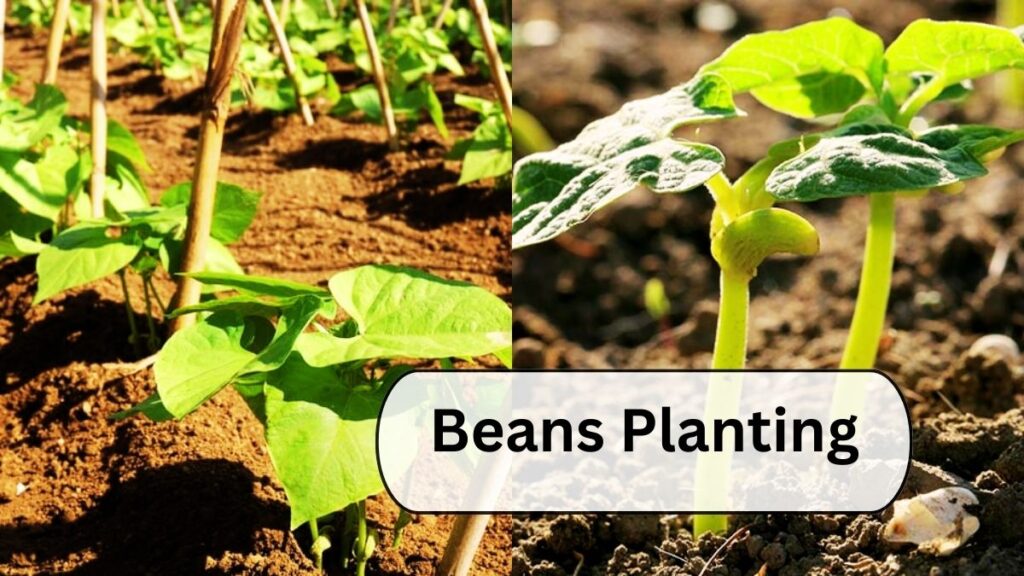
Providing Support and Maintenance
For pole beans, install supports such as trellises, stakes, or strings early in the growing season to accommodate their climbing nature. Ensure supports are tightly fixed to handle the weight of the growing plants. Regularly check the beans for signs of pests or diseases and address issues promptly to prevent damage. Provide consistent watering, especially during dry periods, and mulch around the plants to retain moisture and suppress weeds. Adequate support and maintenance enhance plant health and productivity.
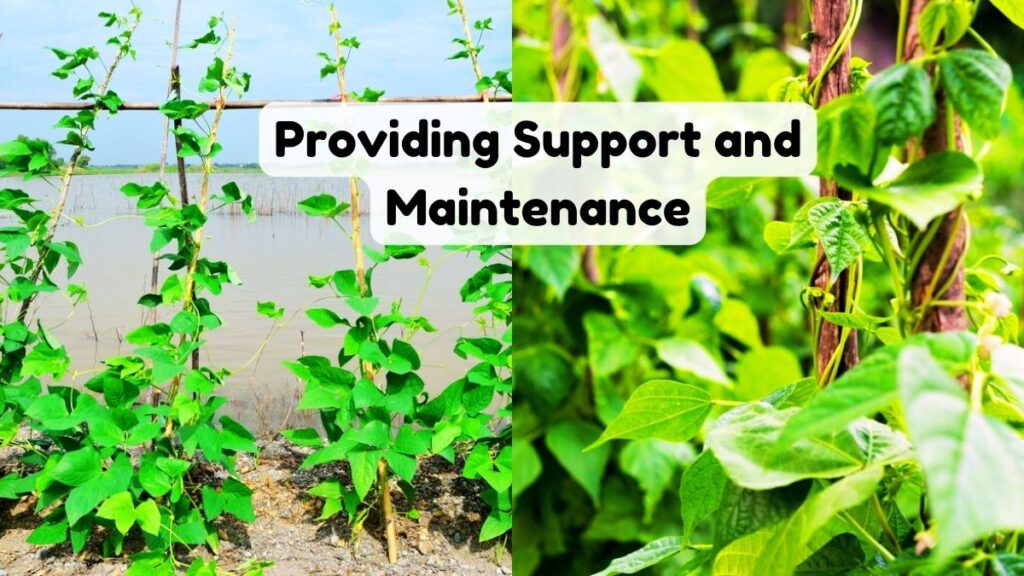
Fertilizing and Watering
Beans generally have low fertilizer requirements due to their ability to fix nitrogen from the air. However, a balanced, organic fertilizer applied at planting and again during mid-growth can support optimal development. Water the beans consistently, keeping the soil moist but not waterlogged. Beans prefer even moisture levels and can suffer from irregular watering, which may affect yield. Proper fertilization and watering practices ensure vigorous growth and maximum yield.
Harvesting Beans
Harvest beans when they are young and tender for the best flavor and texture. Green beans are typically ready to harvest 50-60 days after planting, depending on the variety. Check the beans regularly and pick them before the seeds inside become too large and tough. Use scissors or garden shears to cut the beans from the plants, avoiding damage to the vines. Regular harvesting encourages continued production and helps maintain high yields throughout the growing season.
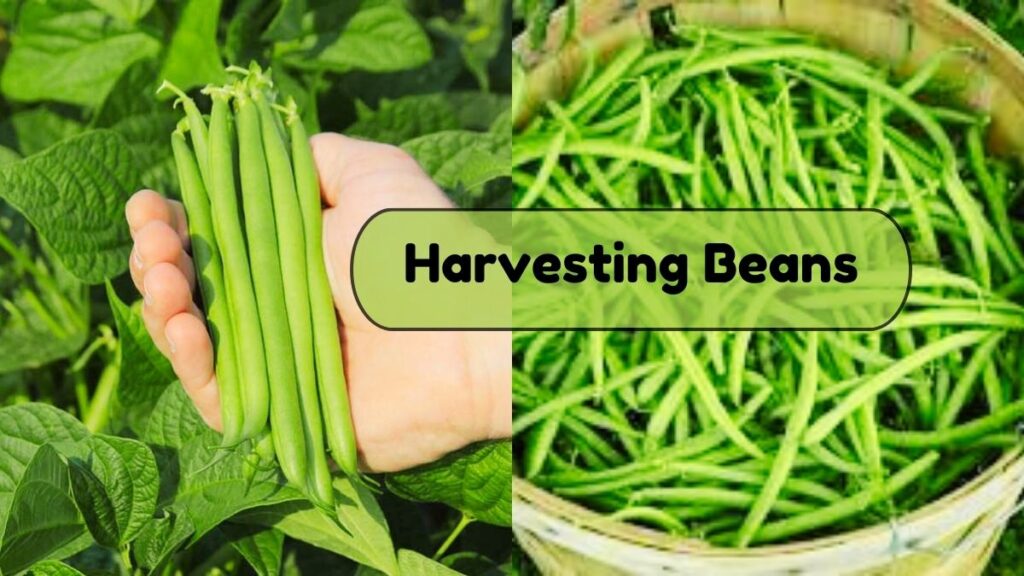
Post-Harvest Care
After harvesting, remove spent plants and clean up the raised beds to prevent the buildup of pests and diseases. Compost plant debris to enrich the soil for future planting. Consider planting a cover crop or adding compost to replenish soil nutrients and improve structure. Proper post-harvest care prepares the raised beds for the next growing season and maintains soil health. Regular upkeep ensures that your raised beds remain productive and ready for future crops.







